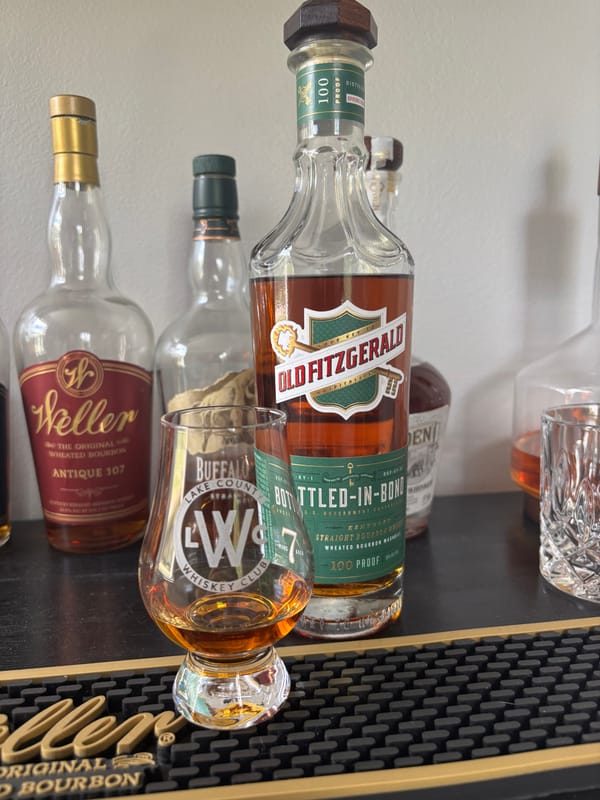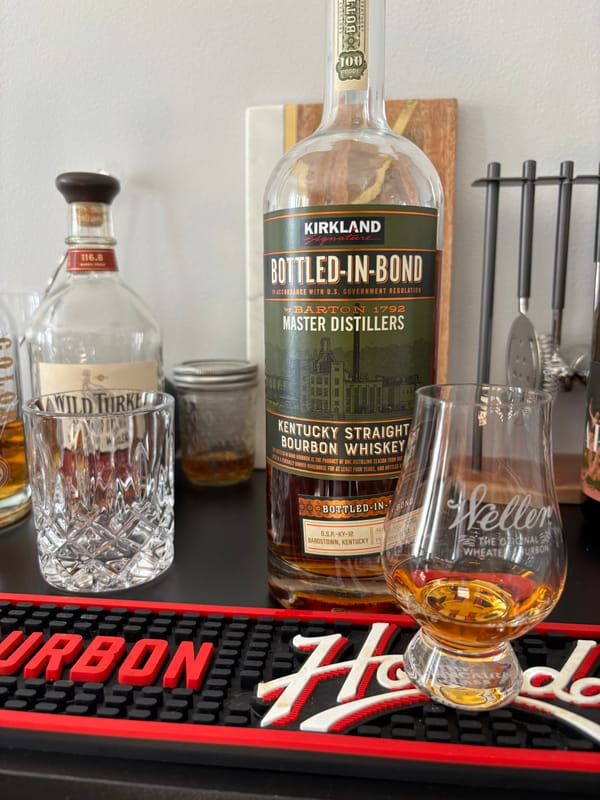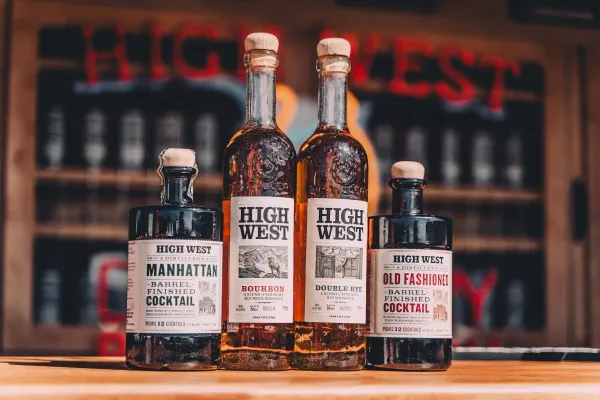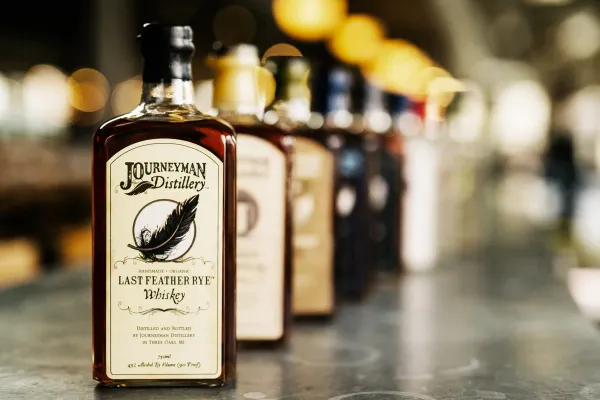Grain Milling Magic: The Grind You’ll Wish You’d Milled Sooner

Grain Milling Process: The Whiskey Dust You Can’t Miss
Grain milling isn’t just prep—it’s whiskey’s flavor grinder, and if you don’t know its role, you’re missing the dust that kicks off every bottle. It’s process, not pixie dust. Here’s the gritty truth about grain milling in whiskey, from start to sip, and why it’s your 2025 must-catch.
Why Grain Milling Starts Whiskey
U.S. law frames whiskey—51% grain minimum, 160 proof max distillation, 125 proof max barreling, 80 proof minimum bottling, new charred oak aging. Milling—corn, rye, and wheat—into flour exposes starches for mash. Every grain’s grind sets the stage, no skipping it.
How Grain Milling Works
Grains hit hammer or roller mills, breaking into coarse flour—corn’s tough, rye’s fine, wheat’s soft—then mix with water at 180-200°F to free sugars over hours. Fine grinds max sugars—fermentation hits 8-10% ABV in three to five days—coarse cuts it back. Distillation and oak follow—milling’s the first cut.
What Grain Milling Means for Your Whiskey
Fine milling boosts bourbon’s corn sweetness or rye’s spice—oak’s vanilla rides high after years. Coarse keeps it lean—grain’s subtle, oak’s tame. Every sip’s weight—full or light—starts here—law ensures grain’s truth, milling tunes it.
Why Grain Milling Matters in 2025
Grain milling’s whiskey’s flavor mill—by 2025, knowing it could grind out every pour’s secret, from rich to restrained. It’s the truth in the dust—don’t miss its grain. Check out NEAT: Whiskey Finder—it’ll help you track down bourbon and whiskey near you.





